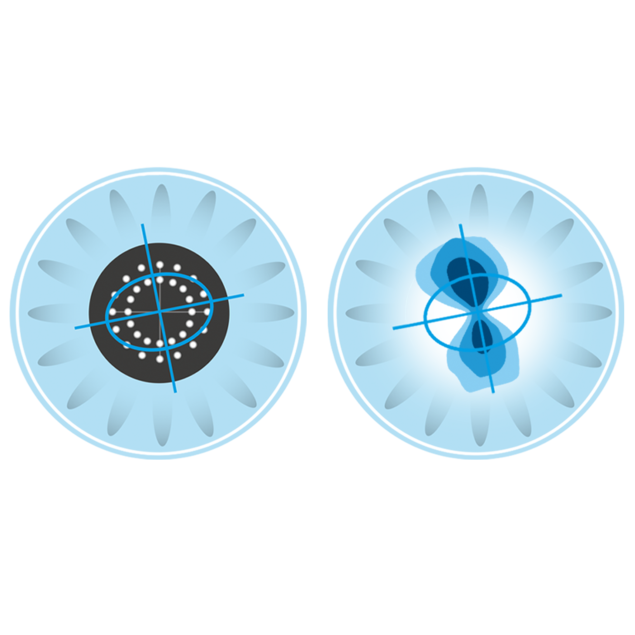Lenstar 900’s gold standard dual zone keratometry provides precise measurements of astigmatism and the axis position, making it the biometer of choice for toric IOLs. Precision is further enhanced due to its closely spaced 32 measurement point pattern that relies on real, measured data instead of software data interpolation of just a few points.

